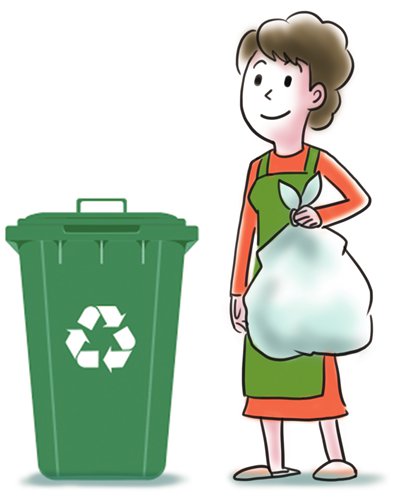Japan can still offer lessons for China

Illustration: Liu Rui/GT
On the last day of my recent Japan tour, I visited Kitakyushu Eco-Town. The tour guide presented our delegation with a map of the eco-town: 500 kilometers northeast is Tokyo and 500 kilometers southwest is Shanghai.
Japan is not far from China. The geographical proximity makes exchanges between the two countries convenient and the spillover effect of China's consumption boom in Japan is prominent. More than 7 million Chinese tourists visited Japan last year. The latest statistics show that Chinese mainland tourists spent 439.1 billion yen ($4 billion) in Japan in the first quarter of this year, up 18.1 percent from the same period last year and accounting for 38.7 percent of the total foreign tourist consumption.
In this season, cruise ships dock in Fukuoka almost every day. Fukuoka is only less than an hour's drive from Kitakyushu Eco-Town. The guide told us sometimes thousands of Chinese tourists arrive at the port by cruise ship. They visit Dazaifu and other attractions, shop at drugstores, department stores and supermarkets. But how many know there is an eco-town near Fukuoka? Many of the Japan-made products they purchased perhaps are made from recycled raw materials produced there.
In a plastic recycling plant at the eco-town, the guide showed us a brown striped silk tie. She told us waste plastic bottles are sent here every day and processed into raw materials for this tie.
Chemical fibers produced from a 1.5-liter colorless plastic bottle can be processed into two ties after being combined with other raw materials. The market price for each tie is approximately 1,500 yen.
The plant was built 20 years ago and has realized fully enclosed intelligent management after continuous remodeling and updating. Although it looks plain, it is now the largest plastic recycling factory in Japan and can process 1.3 million 1.5-liter plastic bottles a day. Raw materials produced here can be used to make clothing, ties, bags and suitcases, saving about 90 percent of oil-processed materials and reducing carbon dioxide emissions by 60 percent.
Kitakyushu is a place where Japan's industrial revolution started. As early as 1901, Japan's first modern blast furnace steel foundry was built here. Kitakyushu has gradually developed into one of the four major industrial bases in Japan and has played a major role in the rapid growth of Japan's economy.
Pollution ensued. In the exhibition center of the eco-town, there is a photo taken in the 1960s in which thick colored smoke swirls in the sky. A caption reads that the nearby bay was then called "the dead sea."
A public campaign against pollution started in the 1980s and began to achieve results in the mid-90s. Kitakyushu is no longer the city of "seven-colored smoke," but has become an exemplary "starlight town." Hundreds of fish, shellfish and birds inhabit the nearby bays.
As the guide said, human society has begun mass recycling following mass production and mass consumption. The drastic change is a result of progress in governance, people's lifestyles, habits and ideas. Japan's sophisticated waste classification is related to its traditional culture.
China lags behind Japan in recycling. In China, discarded plastic tends to be processed at smaller processing plants and even family workshops, causing serious secondary pollution. Regionally and nationally, China doesn't have a sound recycling-oriented economic system. More importantly, waste classification is not a habit in households. While attaching importance to high-tech development, China should learn from Japan in sustainable societal construction.
The author is a senior editor with People's Daily, and currently a senior fellow with the Chongyang Institute for Financial Studies at Renmin University of China. dinggang@globaltimes.com.cn Follow him on Twitter at @dinggangchina

